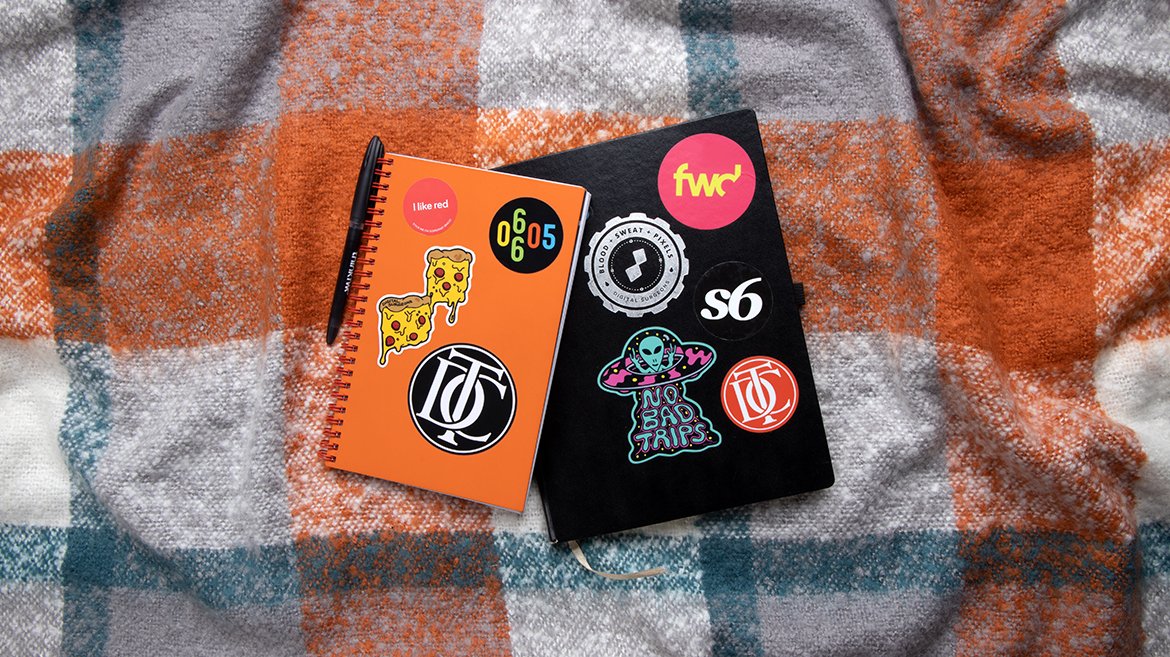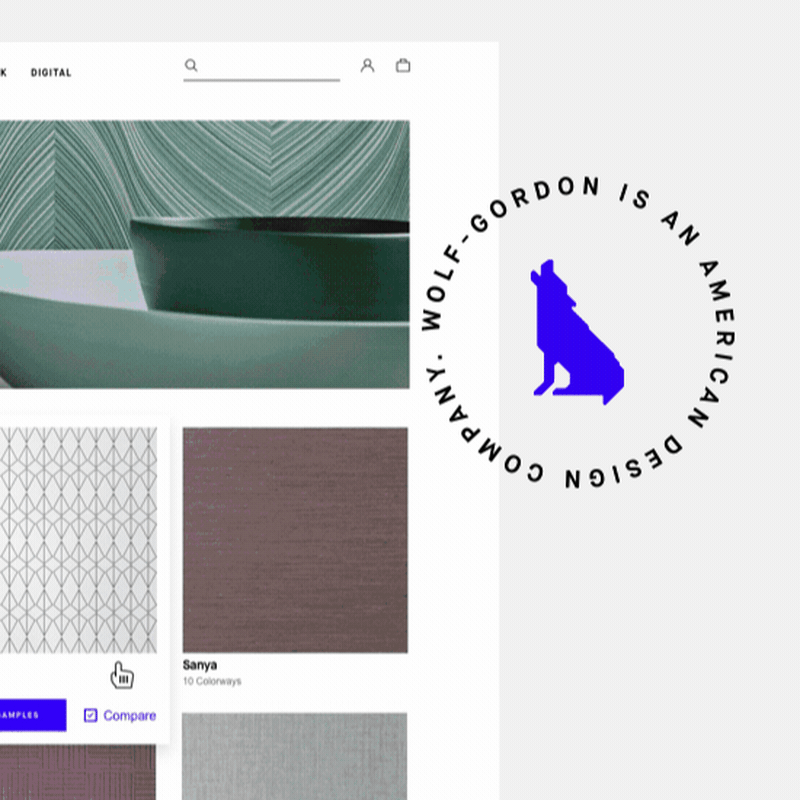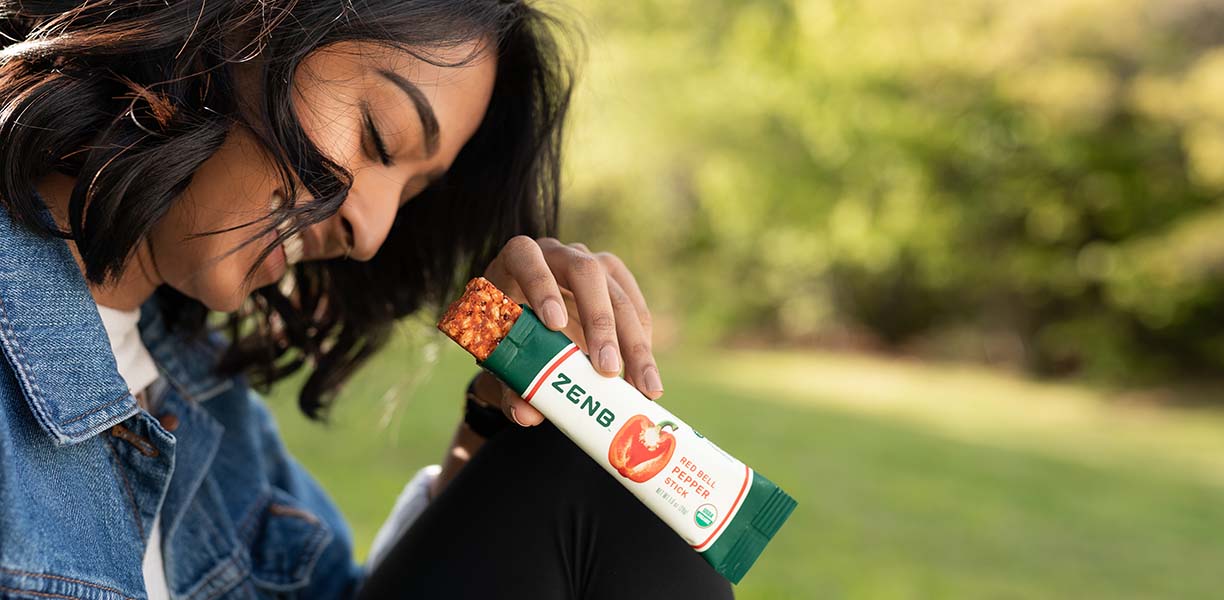Marketing that Consumers WANT to See

It’s a classic marketing challenge—the center of every thought held by someone trying to advertise a business, product or service: How can I capture attention?
Capturing attention (also called awareness) is the very first task in the beloved marketing funnel. If you want a person to buy your apples, they must first develop a curiosity about them. Before they can develop curiosity, the apples must first capture their attention.
The problem with capturing attention these days is that it’s just so difficult to do. Everyone and their moms are flashing signs in your face with every street corner you turn, nearly giving you seizures with endless blinking neon signs, and serving you obviously-targeted ads cluttering up your beloved social feed.
Because there is so much of it, people are more than likely to glaze right over it as soon as they detect it as an ad (which is, many times, within the first moment).
However, there is one marketing technique that never fails because it is the one technique that can be considered truly authentic: Word-of-mouth.
Let’s pretend there is a guy named Matt looking for the best apples in town. He is bombarded everyday on his way to work with billboards selling apples, served ads for apples on his social media accounts and is forced to look at even more display ads about different apples while searching the web for unrelated things.
One day, Matt expresses his dilemma to his co-worker, Alex. Alex responds, “My favorite apples are Green Apples. I wouldn’t eat any other kind.”
Because that advice came from a real person who Matt already had a relationship with, Matt went to the store after work and bought Green Apples.
The problem with ads today is that they are easily recognized as just that. But how do you get people to want to advertise your brand, so that you don’t have to? How do you get organic word-of-mouth advertising without having to say a word?
Pimp your brand out with some stickers.
What makes stickers as a marketing tactic so different than digital ads, billboards, or pretty social posts?
For starters, they are not generally seen as a form of advertisement. Stickers are instead associated with personalization, a bit like piercings or tattoos (if you’ll make that stretch for me). Stickers are used by people to decorate and customize their belongings in a way that feels authentic to who they are.

A shot from the DS kitchen—Can you tell we’re sticker fans?
Jason really loves football, so he has a sticker on his laptop of his favorite team’s logo. Mark really likes this one artist, so he adds stickers of their artwork to his water bottle. Kelly, on the other hand, really just likes cool stickers, and doesn’t care what brand they represent as long as they match her personal aesthetic.
There are two reasons why a person might add a sticker to their laptop or water bottle or bathroom door: To represent a brand because they like that brand, or simply because they like it and it relates to them. Either way is beneficial to the brand behind each sticker.
Let’s rewind and re-play a slightly different scenario between Matt and his co-worker, Alex.
Matt is still looking for apples, and still gets bombarded with ads for them every day. Today, when Matt comes into work, he notices Alex has a cool new sticker on the back of his ipad for Green Apples. Matt asks him about it. Alex will say one of two things, based on our previous hypothesis:
- “This sticker is for Green Apples because I love Green Apples!”
- “I just really liked the way it looked.”
Either way, Green Apples now has Matt’s attention.
BOOM. You’ve captured it.
So far, we’ve come to the conclusion that stickers don’t feel like forced advertising, don’t come across like ads, and appeal to a large variety of people. There is one more thing, however, that stickers are able to do that other methods of advertising cannot:
Stickers go where people go.
They are quite literally stuck to people’s favorite belongings and travel the world with them. Whether you spot them on a water bottle, a car, a laptop or a lunchbox, they move with people. Stickers are part of each person’s journey and destination.
Digital ads only exist online, billboards stay in one place, and social posts reach only those who follow the brand. Stickers, on the other hand, not only blend into their environment—they actually travel!
They are tiny little word-of-mouth testimonial ads disguised as decorations.
And they are everywhere.
Why? Because people want to show them off. They don’t feel like advertising. This is by design. With stickers, you have the opportunity to have a little fun with your brand’s visual identity, stretching it to new places or playing a bit outside of the box with form and color to catch attention.
Fun stickers are the kind that make people want to put it on their stuff. Or, they just really love your brand and want the world to know.

I got to have a little fun with these vinyl stickers I made for Digital Surgeons, printed by Sticker Mule!
A well-designed sticker feels like an extension of personality or a representation of an idea or movement an individual or business believes in. They can oftentimes communicate who a person or business is in a simple way, better than they can express in words alone.
Stickers catch the eye more than traditional modes of advertising because they act as a lens into an individual’s personality and story.
It’s hard not to associate a sticker with the individual who “stuck it”.
When you’re sitting in a coffee shop and notice the girl across the room with the laptop covered in stickers, you can’t help but look at all of them as you’re taking a break from your own work. We are naturally curious about others. Maybe she has a sticker of some greek letters next to a sticker of a paw print. You are then able to infer that she might be a college-aged sorority girl who likes dogs.
When you’re riding on the highway and you’re behind a truck covered in stickers, it’s hard not to read what they all say. Perhaps you notice the well-known “coexist” sticker, along with a Harley Davidson sticker and the Taco Bell chihuahua. You might not be quite sure what that says about the truck owner, but you were definitely just reminded of Taco Bell, motorcycles and world peace. And you aren’t the only one that day.
You get a glimpse into someone else’s world, maybe even just for a second.
Stickers are a way for individuals to show who they are without having to say it out loud; they are an extension of oneself, and are representational of different parts of someone’s identity. And because of that, stickers act as positive testimonials from the person to whom the sticker belongs.
Whether it be a way to strike up a conversation, or a way to let someone know how you feel about McDonalds, the role of stickers is an honest one, loaded with god-like marketing abilities as an outlier to its other forms of ad counterparts.
Special thanks to Sticker Mule for always having our back when we need the next round of vinyl stickers.
If you need something to copy > paste to convince your boss to let you get a little crazy with some sticker designs for your company, I got you:
- Stickers capture attention among all other forms of advertising because they don’t feel forceful.
- They don’t translate as ads.
- They appeal to a large variety of people as personalized decorations.
- They move with the object they are stuck to.
- They act as mini word-of-mouth testimonials.
- You’re allowed to have a little fun with them.


